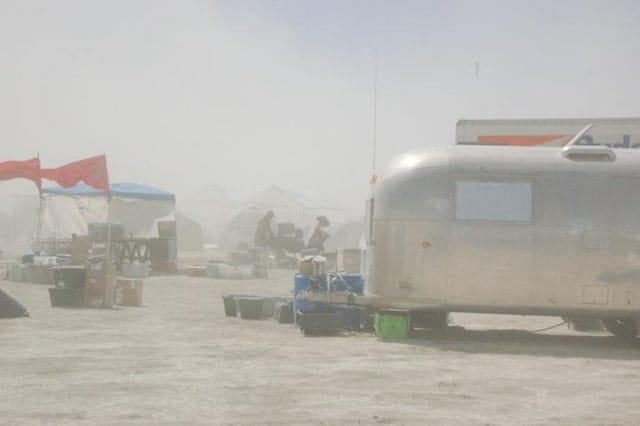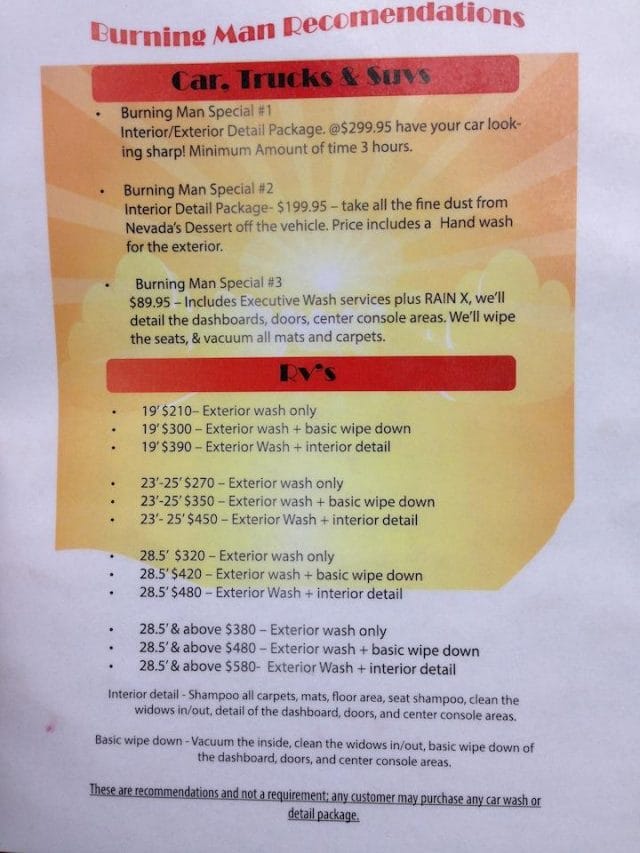Discrimination is a word that has negative connotations for just about everyone — except economists. For an economist, the notion of “price discrimination” is pretty much pure awesomeness: businesses figure out exactly how much a customer is willing to pay for a product and then tailor that price to extract maximum profit from that customer.
Price discrimination is fairly common in the real world, where companies sell very similar products for vastly different prices depending on who the customer is. While the “one price for everyone” model, instituted in US retail stores, is most widely used, price discrimination is more prevalent than one might expect: senior citizen discounts, happy hour drinks, Uber surge pricing, business class flights, matinee prices at the movie theaters, wildly different prices for soda, Groupons, coupons, variable pricing for airline tickets, and gas stations prices in remote locations are all common examples.
This week, San Francisco car washes are exhibiting an interesting case study in price discrimination: they’ve jacked up rates for cars covered in Burning Man dust.
A Case Study in Price Discrimination
In order for a business to be able to charge different customers different prices, a number of conditions need to be met. Perhaps most importantly, you need to be able to segment your customers based on their willingness to pay. For example, if a person walks into your store that looks like a tourist, you might sell them an item at twice the price because they look like a rich foreigner. Additionally, there needs to be limited competition. That is, this “tourist” doesn’t know the typical market price for the item of interest, and/or a competitive store isn’t nearby offering to sell them the item at the normal price.
In the case of Burning Man cars, it’s very easy to price discriminate because it’s very simple to tell who just attended the festival and desperately needs their car cleaned. Post-festival, every inch of the inside and outside of a festival goer’s car is typically covered with the desert silt commonly referred to as “playa dust.”

Image Source: Jacob Davies on Flickr.
Not only are Burners very easy to identify — they’re typically very eager to get their vehicles cleaned: many have rented cars and RVs and desperately need them cleaned before meeting rental deadlines and catching flights. Others just want to get the forsaken dust off their cars as quickly as possible, at any cost. And frankly, living in city like San Francisco, where does one even get a hose and water source to wash off a car on your own?
In response to this opportunity, it appears that almost every full-service car wash in San Francisco has conspired to raise its rates (all of the ones we spoke to at least). Divisadero Car Wash charges $60 for Burning Man car, versus $25-30 for a typical one; Apex car wash charges $70 for a Burner’s car versus $30 for a regular one; Tower Car Wash, near the Priceonomics office, has Burning Man car washes that cost $90 to $300 dollars versus a normal wash costing around $25-$35; At Tower, an RV washing that includes the interior ranges from $390 to $580. Just cleaning the exterior for the smallest RV costs $210.

The Burning Man price list at Tower Car Wash
All these places are very strict about one thing: if there is any trace of Playa dust on your car, you’re paying the Burning Man price. While the above price list from Tower Car wash says at the bottom, “These are recommendations and not a requirement; any customer may purchase any car wash or detail package,” the service manager made it clear to us that if there was any dust on the car, you need to get the Burning Man special.
But Is It The Same Product?
One could argue that this isn’t a case of price discrimination, but instead one of car wash owners simply charging more because it’s a lot harder to clean a car covered in desert dust. Following this logic, the car wash owners aren’t price discriminating, but rather selling a very different product. While this is up for debate, it’s unlikely that it takes two to three times more effort to clean one of these cars. Certainly, hosing down a small RV from the outside isn’t eight times more difficult than a normal full-service car wash.
Here’s a little secret. In 2012, this author went to one of the above car washes with his very dusty post-Burning Man car and convinced them he only needed a “regular” wash (in these simpler times, such cajoling was still possible). Since it was just a regular wash and not the “Burning Man” special, the service manager at the time said that he couldn’t guarantee the car would come out clean. And yet, car came out looking pristine on the inside and out after just the normal car wash. So much for the value add of the special “Burning Man” wash.
So, while it might take a little more effort to clean a Burning Man car than your average dirty car, what’s likely going on here is some enterprising car wash owners practicing a little Econ 101, the introduction to price discrimination.
This post was written by Rohin Dhar. Follow him on Twitter. To get occasional notifications when we write blog posts, sign up for our email list.





